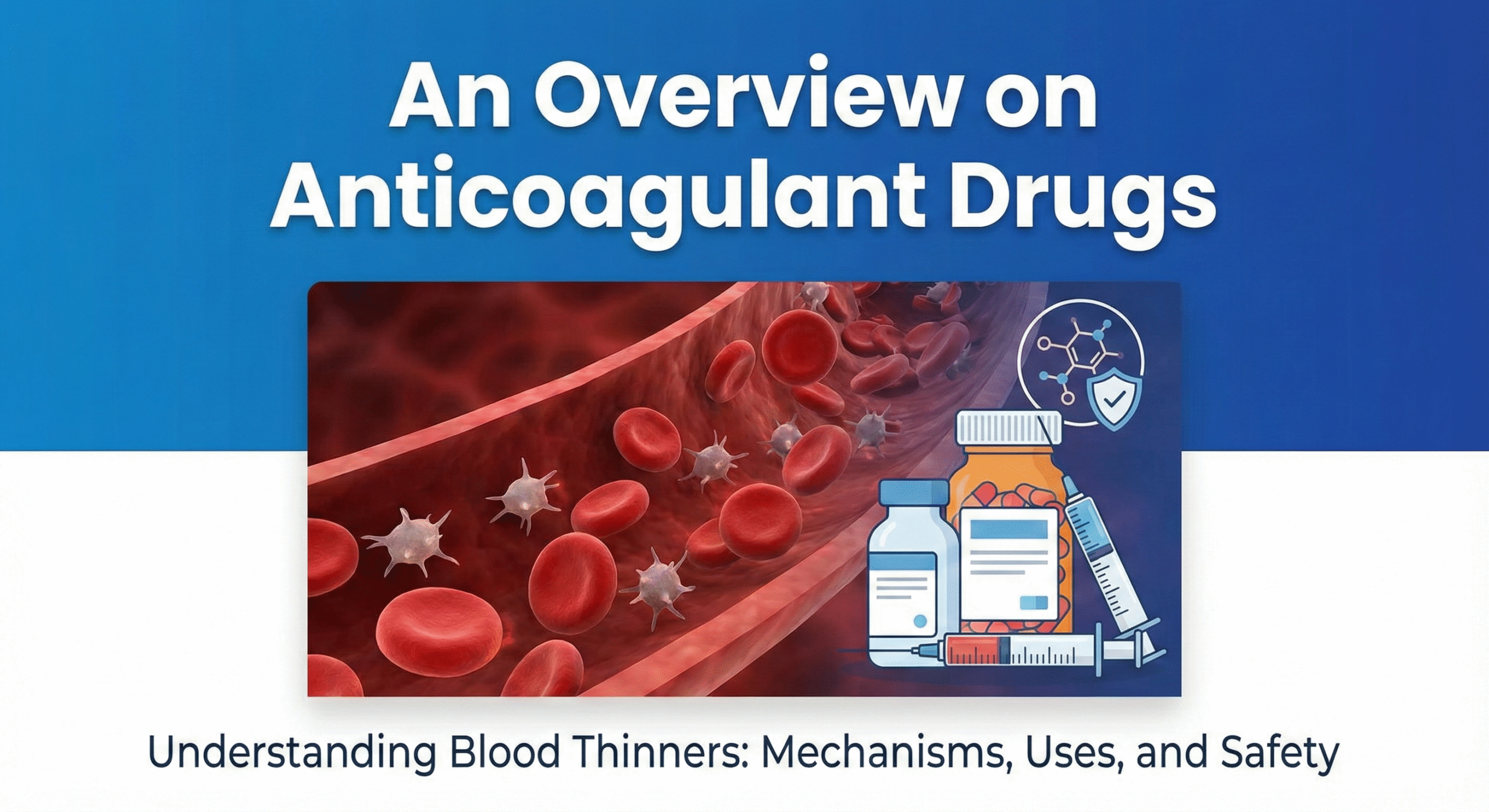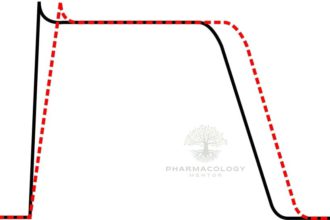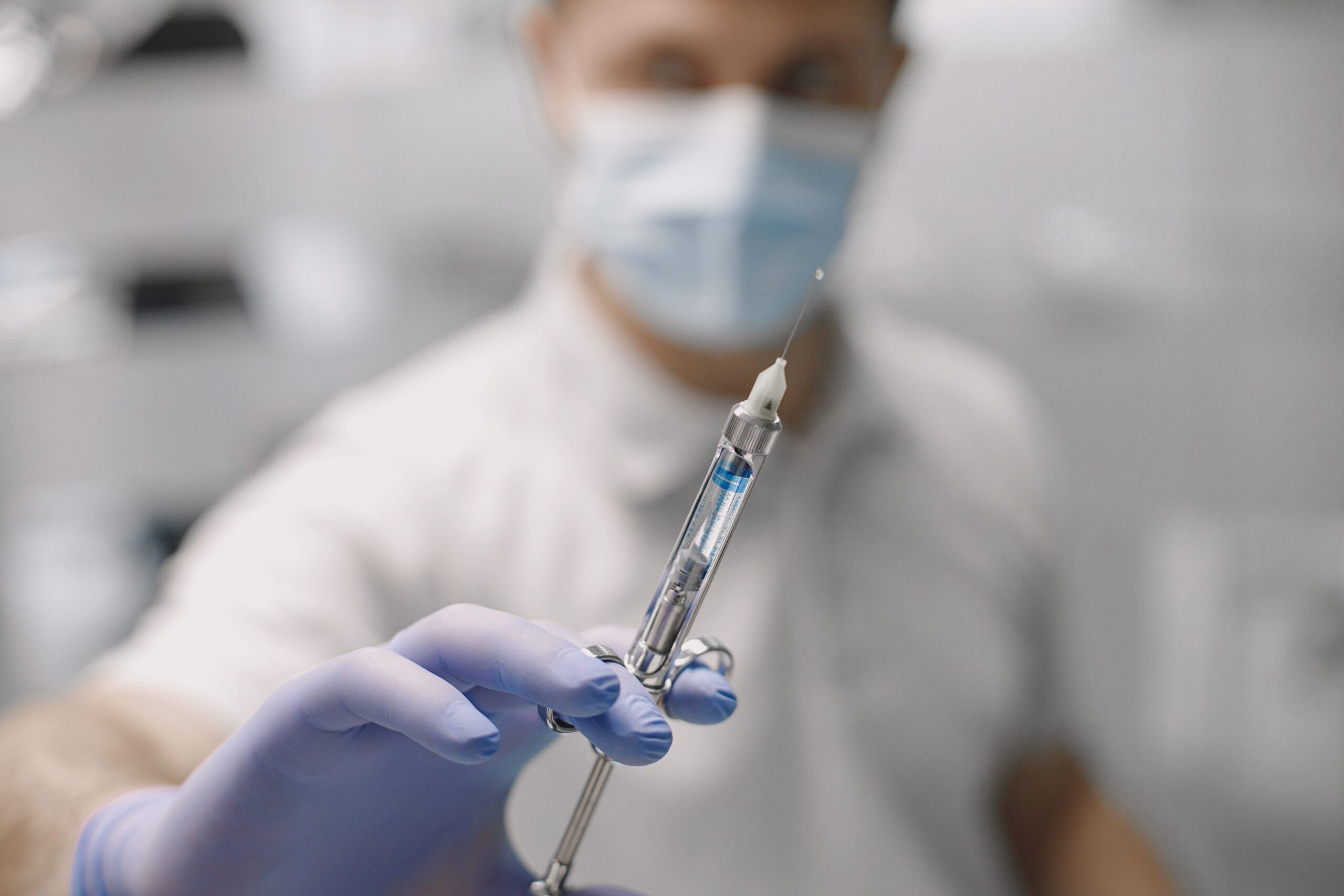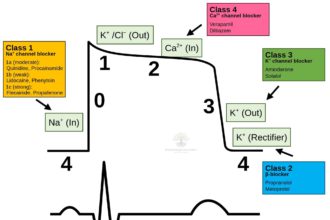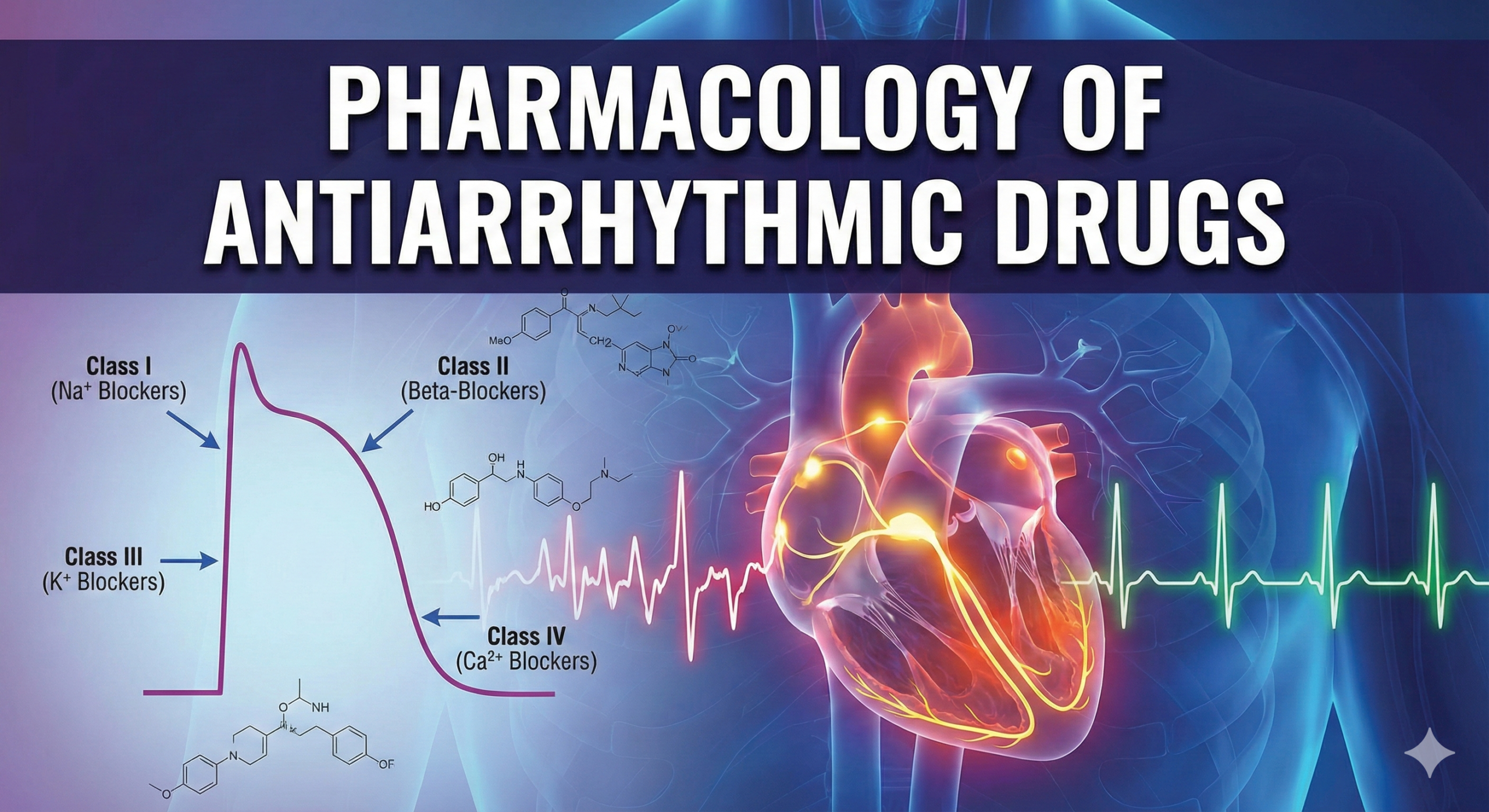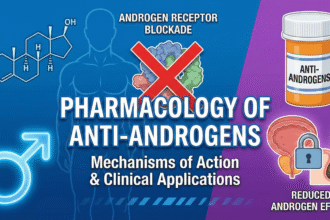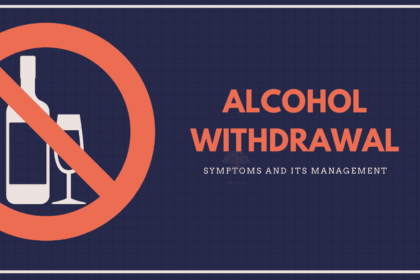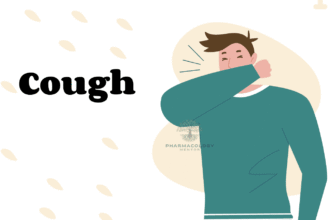Miscellaneous Antiarrhythmic Agents: Adenosine and others
Adenosine Adenosine is antiarrhythmic agent that is widely used for the investigation and management of both narrow complex and, less often, broad complex tachycardias. It produces a transient block in the atrioventricular node. This effect is mediated by interaction with A1 receptors (reducing cyclic adenosine monophosphate) present on myocytes, thereby activating potassium channels, which increases K+ efflux, causing cell hyperpolarization. Adenosine is…
Pharmacopoeias and Formularies
Pharmacopoeias and formularies are two types of drug compendia commonly used in the healthcare sector. Government-published official compendia that have legal status are Pharmacopoeias. They contain information on officially approved drugs in a country, including their chemical structure, molecular weight, physical and chemical characteristics, solubility, identification and assay methods, purity standards, storage conditions, and dosage forms. Examples of pharmacopoeias include…
Pharmacology of Proton Pump Inhibitors
Introduction Proton pump inhibitors (PPIs) have revolutionized the management of acid-related gastrointestinal (GI) disorders by rendering potent and long-lasting suppression of gastric acid secretion. Introduced in the late twentieth century, PPIs—exemplified by omeprazole, lansoprazole, pantoprazole, rabeprazole, esomeprazole, and dexlansoprazole—effectively mitigate gastric hyperacidity, enabling healing of peptic ulceration and alleviation of reflux symptoms (Katzung, 2020). Used extensively for indications ranging from peptic ulcer disease (PUD) and gastroesophageal reflux disease (GERD) to prophylaxis against…
Editor's Pick
Organophosphorus Compound Poisoning and Its Treatment
Introduction Organophosphorus (OP) compounds, a broad class of chemicals primarily used as pesticides (insecticides)…
Most Read
Categories
Antiarrhythmic Drugs
Antiarrhythmic drugs are used to treat various types of abnormal heart rhythms…
Pharmacology of Levodopa (L-Dopa) and Carbidopa: the combination
Levodopa (L-Dopa) and Carbidopa are used in combination to manage the symptoms…
Clindamycin: a lincosamide antibiotic
Clindamycin is a lincosamide antibiotic widely used for its excellent activity against many…
Pharmacodynamic Principles: A Dive into Receptors and Binding Sites
Introduction Pharmacodynamics is the study of how drugs interact with biological systems,…
Pharmacology of Antacids
Introduction Antacids represent one of the oldest and most commonly used groups of…
Understanding Pharmacology: From Basic Principles to Nature of Drugs
Introduction Pharmacology is a multidisciplinary field that explores the interactions between chemicals…
Sodium Channel Blockers (SCBs)
Introduction Sodium (Na⁺) channels are integral membrane proteins responsible for the rapid…
Pharmacology of Loop Diuretics
Introduction Loop diuretics are a cornerstone of therapy in conditions where rapid…

Random Content
Antiarrhythmics – A quick summary
I. Introduction and Electrophysiological Basis Cardiac arrhythmias are disorders of the heart rate or rhythm caused by abnormalities in electrical impulse formation or conduction. Antiarrhythmic drugs (AADs) aim to restore normal sinus rhythm (NSR) or control ventricular rate, though they are characterized by a narrow therapeutic index and a paradoxical potential to induce lethal arrhythmias (proarrhythmia). To understand the pharmacodynamics of these agents, one must first master the cardiac action potential (AP). A. The Cardiac Action Potential Cardiac cells are broadly categorized into two electrical types: Fast-Response Fibers: (Atria, Ventricles, His-Purkinje system). Dependent on voltage-gated \(Na^+\) channels. Slow-Response Fibers: (Sinoatrial node, Atrioventricular node). Dependent on \(Ca^{2+}\) channels; exhibit automaticity. Fast-Response Phases Phase 0 (Rapid Depolarization): Triggered when membrane potential (\(V_m\)) reaches threshold (-70 mV). Massive influx of \(Na^+\) via voltage-gated channels (\(I_{Na}\)). The maximum upstroke velocity (\(dV/dt_{max}\)) determines conduction velocity. Phase 1 (Early Repolarization): Rapid inactivation of \(Na^+\) channels and transient efflux of \(K^+\) via \(I_{to}\) (transient outward current). Phase 2 (Plateau): A balance between inward depolarizing \(Ca^{2+}\) currents (\(I_{Ca-L}\)) via L-type calcium channels and outward repolarizing \(K^+\) currents. This phase prolongs the refractory period, preventing tetany. Phase 3 (Repolarization): \(Ca^{2+}\) channels close. \(K^+\) efflux dominates via delayed rectifier currents: rapid (\(I_{Kr}\)) and slow (\(I_{Ks}\)). This returns \(V_m\) to resting levels. Phase 4 (Resting Potential): Maintained by the \(Na^+/K^+\)-ATPase pump and the inward rectifier current (\(I_{K1}\)), stabilizing \(V_m\) at approximately -85 to -90 mV. Slow-Response Phases (Pacemaker Cells) These cells lack a stable Phase 4. Phase 0: Slower upstroke mediated by \(Ca^{2+}\) entry (\(I_{Ca-L}\)), not \(Na^+\). Phase 3: Repolarization via \(K^+\) efflux. Phase 4 (Pacemaker Potential): Spontaneous diastolic depolarization caused by the "funny current" (\(I_f\)), a mixed \(Na^+/K^+\) inward current activated by hyperpolarization. II. Mechanisms of Arrhythmia Arrhythmias arise from three primary mechanisms. AADs work by targeting these specific anomalies. 1. Abnormal Automaticity Enhanced Normal Automaticity: Accelerated firing of the SA node or latent pacemakers due to sympathetic stimulation (\(\beta\)-adrenergic) or hypokalemia. Abnormal Automaticity: Cells that do not normally pace (e.g., ventricular myocytes) spontaneously depolarize due to ischemia or injury currents. 2. Triggered Activity Oscillations in membrane potential that occur during or immediately after an AP. Early Afterdepolarizations (EADs): Occur during Phase 2 or 3. Associated with prolonged Action Potential Duration (APD). Clinical correlate: Torsades de Pointes (TdP). Delayed Afterdepolarizations (DADs): Occur during Phase 4. Caused by intracellular \(Ca^{2+}\) overload (e.g., Digoxin toxicity, catecholamine excess). 3. Re-entry The most common mechanism for clinically significant arrhythmias (e.g., Atrial Fibrillation, VT). It requires: Two distinct pathways for impulse conduction. Unidirectional block in one pathway (often due to heterogeneity in refractoriness). Slowed conduction in the other pathway, allowing the blocked path to recover. Pharmacological Strategy: To terminate re-entry, a drug must either (A) improve conduction to remove the block, or more commonly, (B) further depress conduction to convert unidirectional block into a bidirectional block. III. Classification of Antiarrhythmic Drugs The Vaughan Williams (VW) classification, though imperfect, remains the clinical standard. It categorizes drugs based on their primary channel-blocking effect. Class Primary Mechanism Effect on AP Primary Drugs I \(Na^+\) Channel Blockade \(\downarrow\) Phase 0 Upstroke (See Subclasses) II \(\beta\)-Adrenergic Blockade \(\downarrow\) Phase 4 slope, \(\downarrow\) AV conduction Metoprolol, Esmolol III \(K^+\) Channel Blockade \(\uparrow\) AP Duration (Phase 3) Amiodarone, Sotalol, Dofetilide IV \(Ca^{2+}\) Channel Blockade \(\downarrow\) AV conduction Verapamil, Diltiazem Misc Adenosine / Pump inhibition Various Adenosine, Digoxin IV. Class I: Sodium Channel Blockers Class I agents block the fast inward sodium current (\(I_{Na}\)). Their binding is state-dependent, meaning they bind more avidly to open or inactivated channels than to resting channels. This leads to Use-Dependence: the drug effect is more pronounced at faster heart rates. Class Ia: Intermediate Kinetics Drugs: Quinidine, Procainamide, Disopyramide. Mechanism: Moderate blockade of \(I_{Na}\) and blockade of \(I_K\). Effects: Slows Phase 0; Prolongs APD and ERP (due to \(I_K\) block). ECG shows widened QRS and prolonged QT. Clinical Pearls: Quinidine: "Cinchonism" (tinnitus, headache), GI distress. Potent CYP2D6/P-gp inhibitor. Procainamide: Chronic use causes Drug-Induced Lupus Erythematosus (DILE). Disopyramide: Strong anticholinergic effects; negative inotrope (avoid in HF). Class Ib: Fast Kinetics Drugs: Lidocaine, Mexiletine. Mechanism: Weak blockade of \(I_{Na}\); binds preferentially to inactivated channels. Effects: Minimal effect on Phase 0 in normal tissue; shortens APD. Selective for ischemic tissue. Clinical Pearls: Indications: Ventricular arrhythmias only (post-MI). Ineffective for atrial arrhythmias. Lidocaine: CNS toxicity is dose-limiting (confusion, seizures). High first-pass metabolism. Class Ic: Slow Kinetics Drugs: Flecainide, Propafenone. Mechanism: Potent blockade of \(I_{Na}\). Extremely slow dissociation. Effects: Marked slowing of Phase 0; No effect on APD. Marked QRS widening. Clinical Pearls: Pill-in-the-Pocket: For paroxysmal AFib in structurally normal hearts. CAST Trial Warning: Increased mortality in post-MI patients. Contraindicated in structural heart disease. V. Class II: Beta-Adrenergic Antagonists Drugs: Metoprolol, Atenolol, Propranolol, Esmolol. Mechanism: Competitive blockade of \(\beta_1\) receptors. Decreases cAMP and PKA activity, reducing phosphorylation of L-type \(Ca^{2+}\) and \(I_f\) channels. Effects: Decreases Phase 4 slope in SA node (\(\downarrow\) HR); Decreases conduction velocity in AV node (\(\uparrow\) PR interval). Mortality Benefit: The only class unequivocally shown to reduce sudden cardiac death post-MI. VI. Class III: Potassium Channel Blockers These agents prolong the Action Potential Duration (APD) and Effective Refractory Period (ERP) by blocking potassium repolarizing currents (primarily \(I_{Kr}\)). Amiodarone The dominant antiarrhythmic in clinical practice. Mechanism: "Broad Spectrum" (Classes I, II, III, and IV activity). Pharmacokinetics: Huge Volume of Distribution (\(V_d \approx 60 L/kg\)). Half-life 26–100 days. Adverse Effects: Pulmonary fibrosis (monitor CXR), Thyroid dysfunction (contains iodine), Hepatic toxicity, Corneal microdeposits, Blue-gray skin. Interactions: Inhibits CYP3A4, CYP2C9, P-gp. Increases Warfarin/Digoxin levels. Sotalol Racemic mixture. L-isomer is a \(\beta\)-blocker; both D- and L-isomers block \(I_{Kr}\). Exhibits Reverse Use-Dependence (more effective at slow heart rates), increasing TdP risk during bradycardia. VII. Class IV: Calcium Channel Blockers (Non-DHPs) Drugs: Verapamil, Diltiazem. Mechanism: Block \(L\)-type \(Ca^{2+}\) channels in Slow Response tissues (SA/AV nodes). Indications: PSVT termination, Rate control in AFib. Contraindication: Do not use in WPW Syndrome (may precipitate VFib) or Heart Failure with reduced ejection fraction (negative inotropy). VIII. Miscellaneous Agents Adenosine Mechanism: Activates \(A_1\) receptors in AV node \(\to\) activates \(I_{K-Ado}\)…
Atropine/Belladonna/Datura Poisoning: Causes, Symptoms, and Treatment
1 · Overview Atropine, hyoscyamine and scopolamine are tropane alkaloids concentrated in plants of the Solanaceae family—most notably Atropa belladonna (deadly nightshade) and Datura stramonium (jimson-weed). These compounds act as…
Stay Up to Date
Subscribe to our newsletter to get our newest articles instantly!





